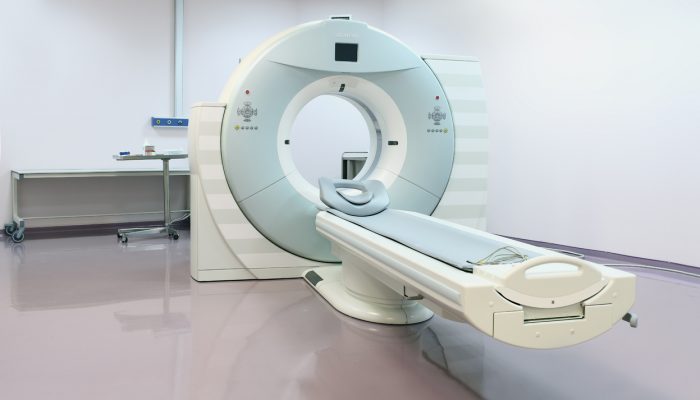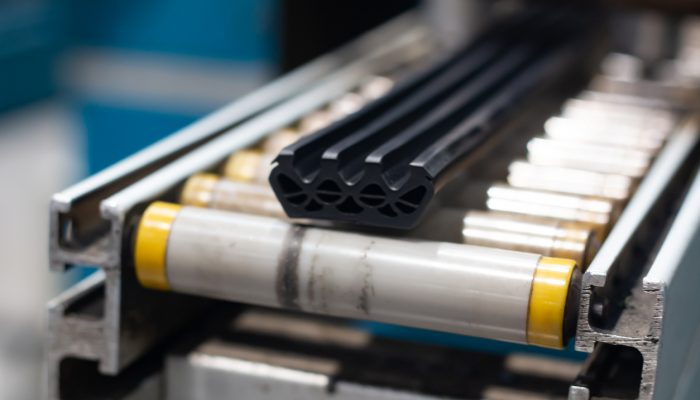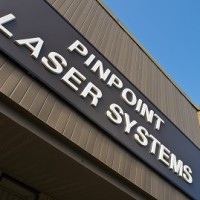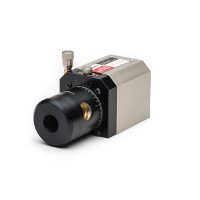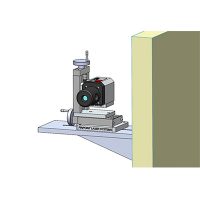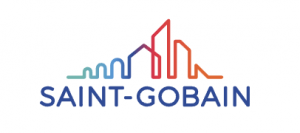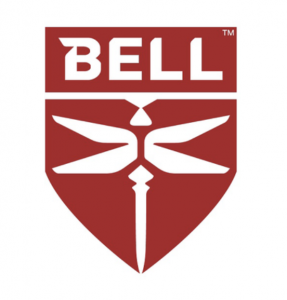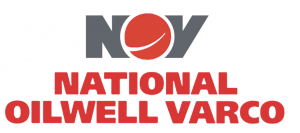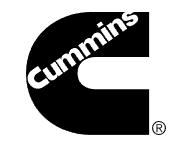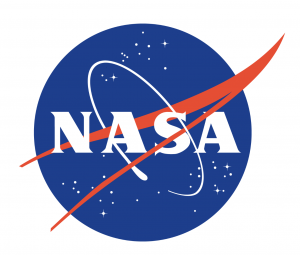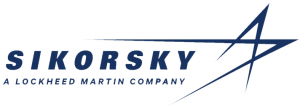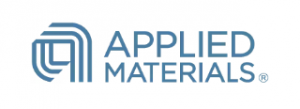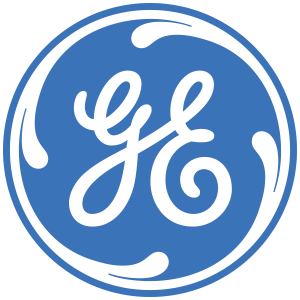In order for a machine to work properly and produce high quality parts, it must be straight. Straightness can be measured using laser alignment equipment, which has a multitude of applications across industry.
To set up laser alignment equipment for straightness measuring, the laser transmitter is mounted directly on the machine or on a tripod to the side of the machine tool and adjusted so that the laser reference beam passes over the machine assembly or component to be checked for alignment. This component might be a fixed guide or reference surface to be checked for linearity or perhaps a moving slide, actuator, or X-axis table that needs checking for straightness of travel. Next, a digital receiver is placed on the assembly, surface, actuator, rail, shaft or item to be checked and the display shows the relative height from the bottom of the receiver housing to the center of the laser reference beam. Taking multiple linear measurements on a fixed surface, rail, or guide, provides a profile and alignment check of that surface. If the digital receiver is secured directly to a translating stage, actuator, or other moving element the travel can be checked for straightness by recording the readings and looking for variations.
When using a laser alignment system to check a machine for straightness the laser reference beam needs to be normalized to some designated locations on the surface being measured. The laser reference beam is very straight and true but may not be aligned or parallel to the surface or mechanical features that you are measuring or checking. The surface is not necessarily straight so two locations on the rail need to be designated, called datums, that are used to establish a straight reference line. It is at these two designated points on the rail that we use to “connect” the straightness of the laser reference beam to the surface that we are trying to measure.
There are two options to normalize the position of the laser reference beam to the surface we want to check. The first option is “bucking in”. This is the process of steering the laser so that the laser and the surface are physically parallel to each other at the two designated datum locations. It involves moving the laser transmitter and/or the surface being measured and re-measuring the values at the two designated locations. This process continues until the readings at the two locations are the same indicating that the laser reference beam and the surface datums are now parallel. Measurements can now be taken and any variation from the two original alignment values at your 2 datum locations represents an error in straightness of the surface or the moving assembly.
The second option is to bring the laser beam generally close to parallel with your two designated datum locations and then use the physical location of the receiver and some simple math to calculate the position of the laser beam above the surface at that particular location which is being measured. Based upon the two selected datum locations on your measured surface, the math involves calculating a rise over run value, commonly referred to as slope, which can then be applied to all the other measurements taken.
Based on this information you can now calculate exactly what reading you should be seeing for each given location on the surface if the surface were exactly straight. The difference between this calculated value and the measured value that you obtain tells you the surface error and which direction (up or down) this error is occurring. Plotting this information provides a delta plot that illustrates the straightness errors relative to a straight laser beam line. With this straightness information, adjustments can then be made to the equipment to ensure that surfaces, assemblies, and guides are straight or that the travel path of moving elements is straight.
By precisely checking straightness on machinery and production equipment it is possible to identify performance problems that contribute to potential manufacturing delays and quality issues with the end product.

